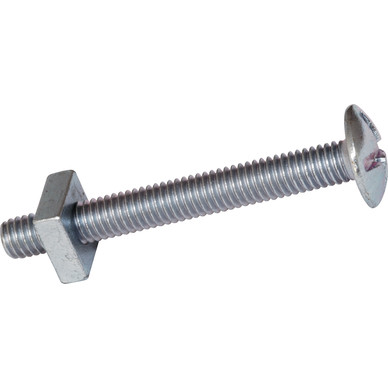condeesteso
Established Member
Any advice please? I need to cut slots in brass sheet 2mm or maybe 3mm. The slots are round ends, about 70mm long and 9mm across (diameter of cutter). I don't have a mill of course. I do have a pillar drill, various routers, an ML7 but no mill attachment. I may need to do a few and hand-cut is very tedious!
p.s. 8mm would do, I think 9mm cutter may be hard to find.
p.s. 8mm would do, I think 9mm cutter may be hard to find.






